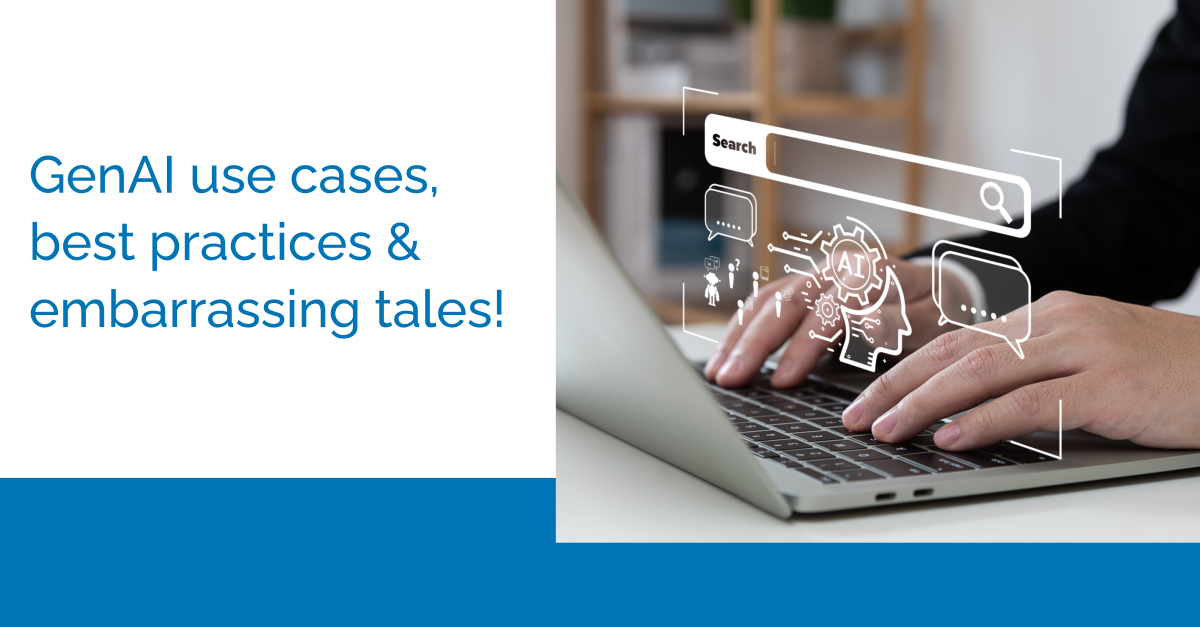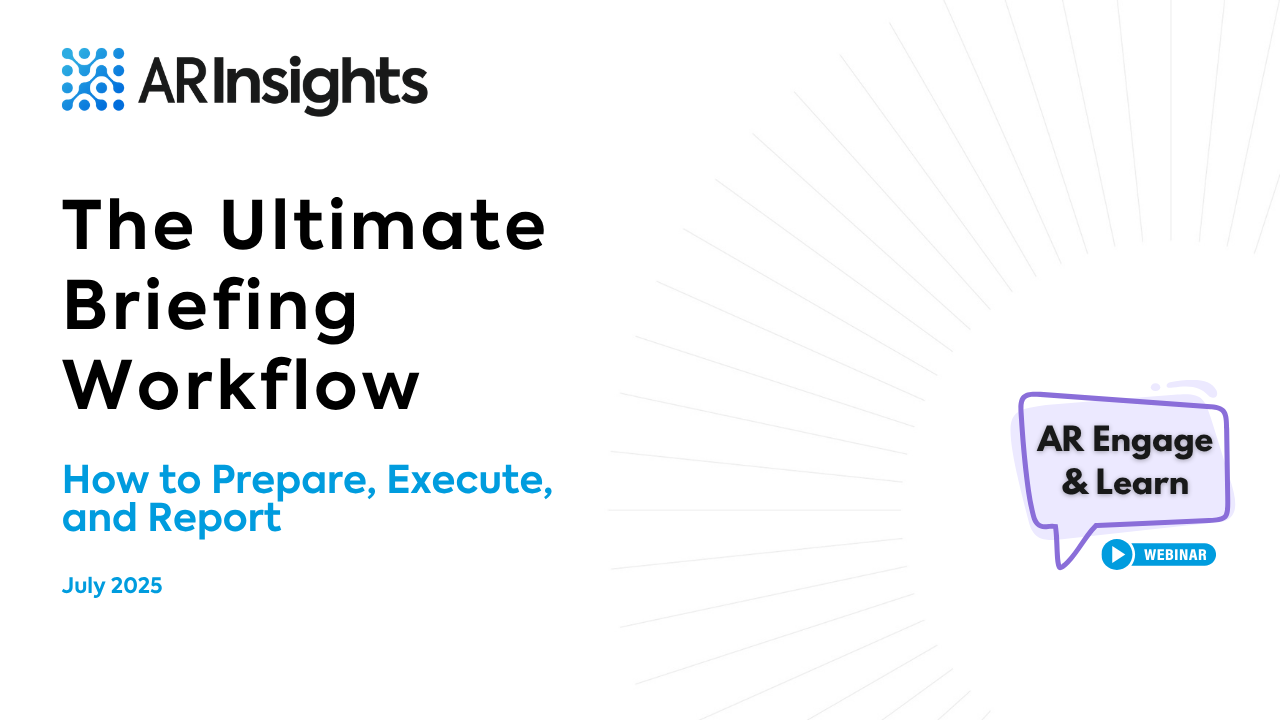When it comes to areas impacting both analyst relations (AR) programs and the business landscape at large, the topic of AI (and generative AI, in particular) remains hot, hot, hot!
Gartner recently shared that by next year, 95% of workers will routinely use AI in their workflows. From automating repetitive tasks to generating email suggestions (“congratulations,” “thank you,” etc.) to tapping into advanced uses of GenAI and more, there’s a lot of change and progress on the horizon — and, accordingly, a lot of questions. In fact, Gartner has seen 22,000+ end-user inquiries around AI in the last six months.
So, it should come as no surprise that during our recent Open Session — a quarterly, virtual forum for AR pros to connect, catch up, and discuss trends and ideas — more than half the time was devoted to a discussion on generative AI (which one attendee dubbed “the ‘hype-iest’ of Hype Cycles,” earning both chuckles and nods of agreement).
Below are some highlights from the session:
AR use cases for GenAI
Longtime AR pro Carter Lusher kicked things off, following up on the webinar he conducted with ARInsights in July and addressing some post-webinar questions from attendees. He discussed salient analyst relations use cases for GenAI including:
- Summaries: For example, Carter used Claude from Anthropic to generate a high-level summary of a 10,000-word interview transcript.
- Content creation: Carter noted that Claude was also able to generate the first draft of a 600-word blog post based on the interview material — which was “very efficient in terms of time.”
- Content analysis: But how well can GenAI tools ingest content and conduct thoughtful and insightful analysis? Carter fed public earnings call transcripts into the tool and asked it to think critically: “Has the business evolved how it talks about investing in R&D?” “Create a SWOT analysis for me.” He shared that the tool did “a pretty good job.”
- Content editing: Another participant discussed using GenAI to help trim down a response to an analyst questionnaire — from 8,000 characters (supplied by the executive) to the 500-character limit. The verdict? “It’s not great, but it helps!”
- AR job search: For AR pros in the midst of a job search, Carter called GenAI an “absolutely critical tool.” It can help you quickly research the companies you’re interviewing with, the markets they’re in, what analysts are saying about them and more.
Words of caution
While generative AI can offer great efficiencies, Carter and other AR pros also shared the importance of proceeding with caution:
- Know the terms of service of the GenAI tool you use. What data does it collect? Will your information and uploads remain private? Or will they be used to inform the large language models (LLMs)? If you’re uploading content from briefings and inquiries, for instance, you want to make sure you’re not inadvertently using a tool that might leak or index information you need to keep private. Attendees also advised keeping in mind that many AI companies today are startups — and in this new and rapidly evolving landscape, even when companies do pledge to keep data private, accidents can happen. Given these concerns, an AR agency leader shared that many of his clients are creating policies around how to use GenAI tools.
- Verify important information and facts that the GenAI tool references to avoid mistakes.
- Be cognizant of when to use AI tools — and when you can’t. One AR pro mentioned a new spokesperson relied on an AI-based live note-taking tool and its Zoom integration. The spokesperson (and their AI assistant bot) joined an analyst call only seconds before the analyst did. Before the AR pro could warn the spokesperson to turn the tool off, the analyst immediately jumped in to ban the recording. Lessons learned: Prep spokespeople well, and ask before you use similar tools.
Additional topics
Other hot topics at the Open Session included market evaluation inclusion criteria disputes, especially as market definitions change — and the benefits of taking a fact-based approach. Participants also discussed best practices for “executive buddy programs” with analysts, which seem to be less common these days, as firms often require the executives to be seatholders. For those seeking to forge mutually beneficial and often informal relationships between executives and analysts (where analysts can ping the exec for insights on the space, tech questions, etc.), AR pros advised making sure you’re in it for the “long haul” and that the exec is aware coverage may not immediately result.
Attend our upcoming webinars
In addition to ARInsights’ quarterly Open Sessions, we also hold monthly “Learning Series” webinars, where we share tips, tricks and shortcuts for getting the most out of our ARchitect AR productivity software. You can register to attend the next one, on October 19th at 9 a.m. PT/12 p.m. ET, covering AR project management here.




